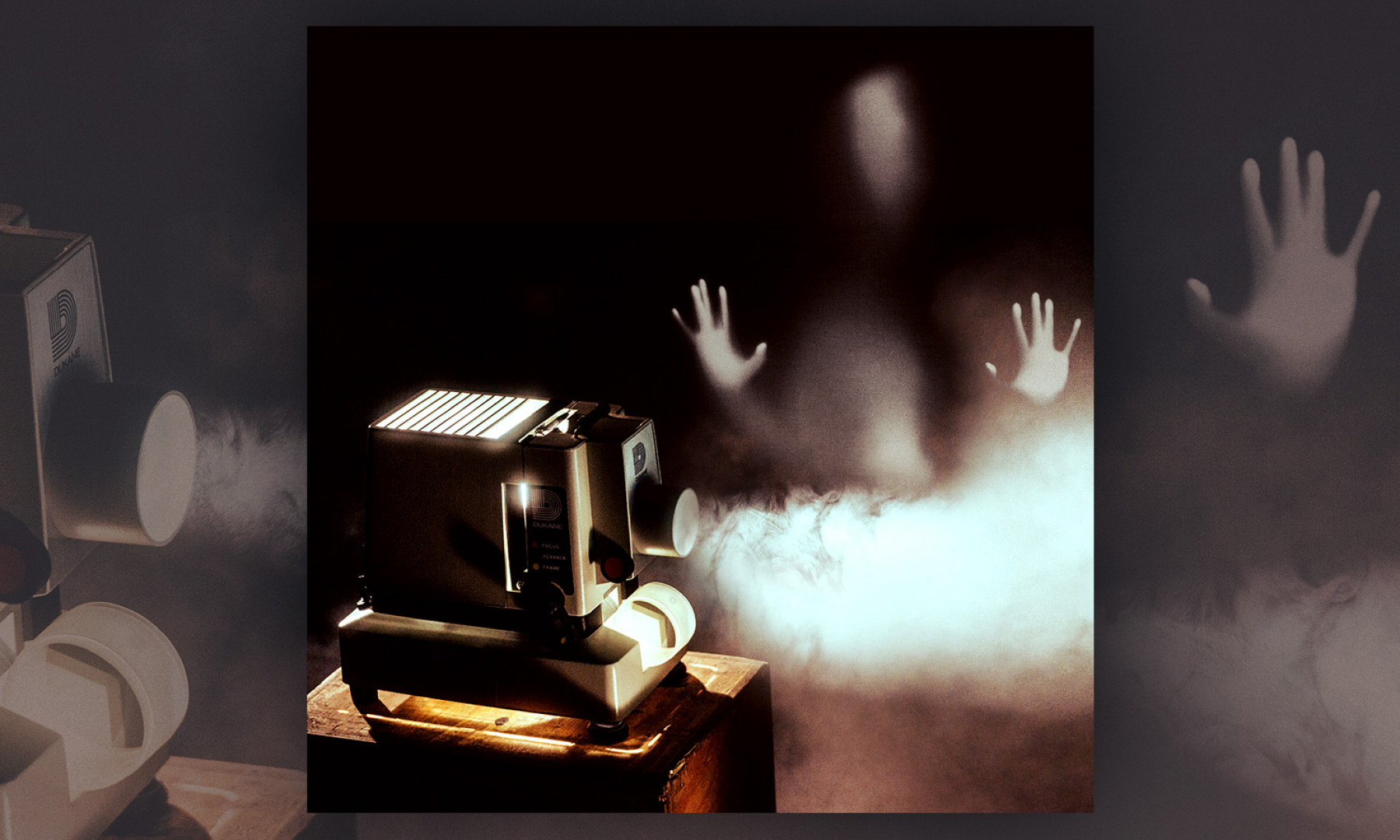It’s all about the audio of course!
Diegetic sound (commonly referred to as actual sound) is sound that the viewer can identify the source from which it originates, either visually or by inference. Explosions, eerie footsteps, Jack Nicholson maniacally asserting: “Here’s Johnny!” - all diegetic sounds. Non-diegetic sound is, yep you guessed it, the opposite; sound without an inferred or visibly identifiable source. Also known as commentary sound; narration and Michael Myers’ hair-raising theme music are examples of non-diegetic sound.
It is in our nature to react to changes in volume and frequency of sound, alerting us of changes in our environment. Sound producers and composers utilise this psychology when editing or scoring the soundtracks to our favourite horror films. Diegetic sound creates a base in reality for viewers, wind blowing through the trees or water flowing from a tap are easily identifiable. We know these noises; they hold a familiarity with us which places us within the scene. If the scene is real then the danger, therefore, is also real! This is where non-diegetic audio creeps in, it’s difficult to build suspense naturally when the victim is blissfully unaware of their impending doom. Add non-linear sound - a sharp, increase in the film soundtrack’s rhythm, pitch or volume - and our all-important survival instincts kick-in.
A frightening example of this can be found in James Wan’s ‘The Conjuring 2’. In a scene where Lorraine Warren investigates a sighting of the demonic antagonist, there are a variety of diegetic and non-diegetic sound mixes. The lone diegetic sounds of a creaking door and Lorraine’s shaky breath place us in the room with her. The non-linear, sudden shriek of the record player alerting our senses. Followed by the non-diegetic music building in intensity, unnerving us as we anticipate danger. This all culminates in a terrifying crescendo, which true to panic of the scene is almost indiscernible between diegetic and non-diegetic sound. Both categories instil a sense of fear however when combined they create a truly horrific experience.
Some films, including Paranormal Activity, have even been rumoured to use infrasound. Below the normal limit of human hearing, 20 Hz, but effective nonetheless; infrasound has been documented to have strange effects on the human body, including nausea and headaches. You can read more about this sinister cinema trick here and if you are feeling particularly brave…listen to the ‘Ghost Frequency’ itself.
So, the next time you find yourself hiding behind your popcorn, maybe watching Andrés Muschietti's IT Chapter Two this weekend, remember: it's only as scary as it sounds!
Still not scared?
We have collated some shining examples of diegetic and non-diegetic sound from horror flicks in our Spotify playlist below, so find yourself a quiet place and enjoy this chilling mix…
